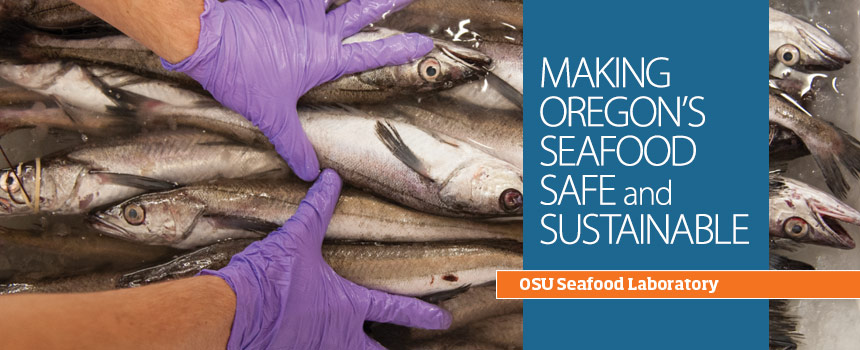Removing the “oy!” from oysters

Even under cloudy skies, the temperature in shallow estuary waters near Astoria can reach close to 70 degrees Fahrenheit. Thriving in these warm waters are legions of invisible bacteria, hidden inside the gut of the area’s oysters. Known as Vibrio parahaemolyticus, this human pathogen can inflict severe gastrointestinal discomfort on those who eat raw or undercooked oysters. Widely reported outbreaks can scare off consumers and harm the seafood industry.
In response, OSU microbiologist Yi-Cheng Su researches ways to improve seafood safety while maintaining its value. Although cooking oysters kills harmful bacteria, a live oyster is worth more to restaurants and to consumers who pay more to eat them raw.
[caption caption="While delicious, raw oysters can sicken those who dine on them. Now, a new method of cleaning oysters is making waves in the seafood industry. "] [/caption]
[/caption]
So Su has improved an existing seafood cleaning method known as depuration that purifies oysters while keeping the mollusks alive all the way to the plate. The process actually calls on the shellfish’s natural behavior to rid its innards of vibrio bacteria.
Oysters naturally filter the water around them. When they’re placed in clean water that is treated with UV light, the shellfish become safe to eat raw for most people. Depuration has a long history in the seafood industry, but Su is the first to research refrigerating the water used in the process. By lowering the temperature below 60 degrees Fahrenheit and keeping oysters in the bath for four to five days, refrigerated depuration eventually rids their guts of 99.9 percent of Vibrio parahaemolyticus.

